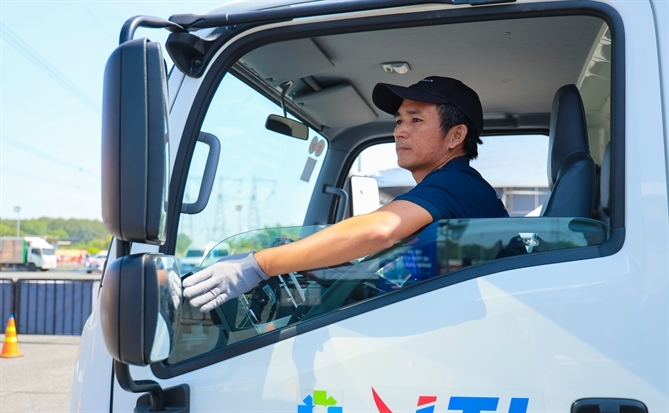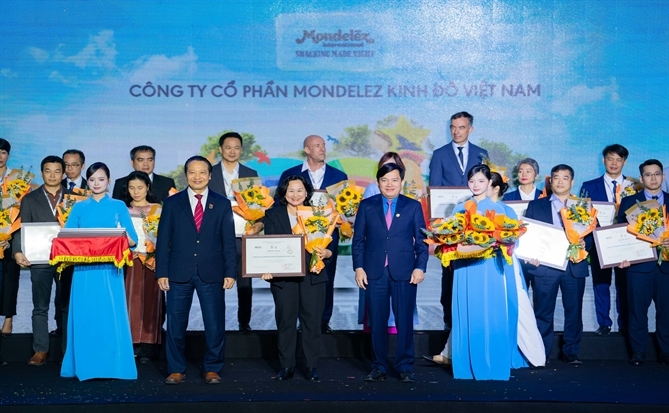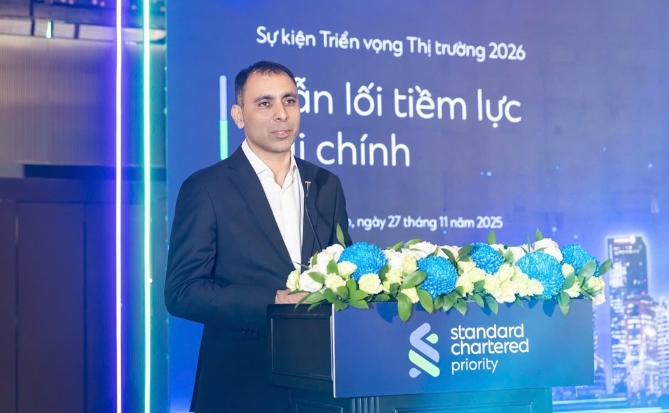Sustainable urban development in response to climate change

Storm No. 3 (international name Yagi) is the strongest storm to hit northern Vietnam in the past 30 years.
Why the urgency?
Storm No. 3 (international name Yagi) is the strongest storm to hit northern Vietnam in the past 30 years, with a very large impact, spanning 26 provinces and cities. This storm has left 353 people dead and missing; property damage is about 40,000 billion VND and GDP this year may decrease by 0.15%.
Storm Yagi and other extreme weather events have shown how vulnerable countries are to climate change, including Vietnam. Therefore, Vietnam needs to speed up its response as well as play a more active and responsible role in global efforts. Vietnam is in a period of rapid urban population growth, which means it will have to face many complex problems arising from the urbanization process, especially environmental issues and climate change.
Urban areas have a great driving force for development, generating 70% of Vietnam's GDP. However, Vietnam's urban areas are facing many challenges due to the risk of rising sea levels, flooding, flash floods, saline intrusion, drought, traffic congestion, environmental pollution, etc., especially energy consumption in urban areas, creating great challenges in sustainable urban development.
For example, Da Nang City is also facing a complex situation of rising sea levels. The rapid urbanization in Da Nang puts the city at an increasing risk of flooding due to concretization, high construction density, and increasingly narrowing public spaces for traffic and green areas. The threat of rising sea levels impacts infrastructure along the coast more frequently, especially in the current context of climate change.
Can Tho is located in the middle of the Mekong Delta, full of potential, but the impact of climate change has been, is and will be increasingly complex. According to the climate change scenario, Can Tho city is one of the most severely affected localities. Extreme phenomena of climate change such as floods, landslides, droughts, storms are increasingly serious, causing unpredictable damage, negatively affecting economic and social sectors and people's lives in the city. The problem of urban flooding occurring in Can Tho causes damage to people's property, business, production...
Sustainable urban development
Regarding technical infrastructure and transportation, most of our country's urban areas were formed a long time ago, so the pressure of social development on technical infrastructure and transportation cannot be fully calculated. Currently, in large cities such as Hanoi and Ho Chi Minh City, the transportation system is overloaded, population density is increasing, while the development of transportation infrastructure is not synchronous, the roads are too small and narrow, not meeting the development needs to respond to climate change.
Urban infrastructure is not really synchronous and patchy, while the population is increasing, high-rise buildings are increasing in urban areas, which puts more pressure on traffic infrastructure and drainage infrastructure. Regulations on ground elevation in urban construction are available, but in practice, each place does it differently, some places have high ground elevation, some places have low ground elevation, so when it rains heavily and for a long time, places with low ground elevation become flooded areas. Furthermore, for the benefit of some investors, some urban planning has cut down on green areas, increased construction of many high-rise buildings, without taking into account the impacts of climate change, causing the city's temperature to increase, causing heat, suffocation, affecting the health and life of people in urban areas.
Therefore, Vietnam's urban development strategy is also based on the foundation of sustainable development, responding to climate change. To contribute to cooperation with countries around the world in preventing and combating climate change in general and climate change in urban areas in particular, first of all, it is necessary to seriously comply with the United Nations Framework Convention on Climate Change (UNFCCC), with specific and practical actions and deeds, such as increasing green areas, using environmentally friendly construction materials, etc.
 |
| An aerial view of a tidal surge barrier which is a component of the VND10-trillion flood control project in HCMC – PHOTO: VGP |
In addition, it is necessary to cooperate with developed countries and other international organizations to learn, improve the level of understanding, the level of sustainable urban planning, as well as increase capital for improving environmental sanitation, collecting and treating waste with modern technologies, building public spaces, building technical infrastructure, such as drainage systems, flood prevention, expanding roads, etc.
The urbanization rate in Vietnam by 2025 will reach at least 45%, by 2030 it will reach over 50%. The ratio of urban construction land to the total natural land area will reach about 1.5-1.9% by 2025, and about 1.9-2.3% by 2030. By 2045, the urbanization rate will be among the high average of the ASEAN region and Asia. The urban system will be linked into a synchronous, unified, balanced network between regions and areas, with the ability to withstand and adapt to climate change, prevent and combat natural disasters and epidemics, protect the environment, and have typical, unique, green, modern, and smart architecture.

 TIẾNG VIỆT
TIẾNG VIỆT 

_131447820.png)














